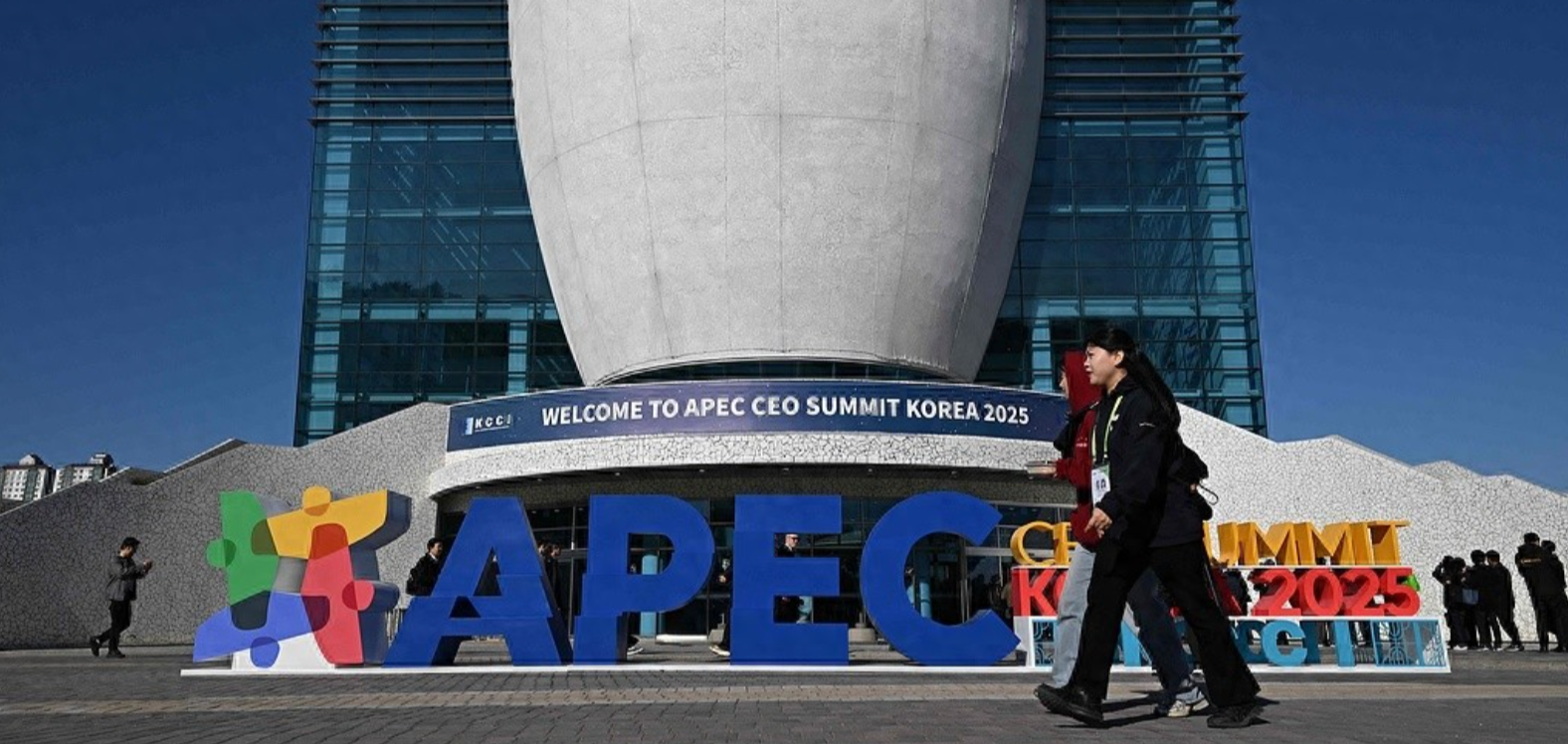Singapore's "Lianhe Zaobao": A Summary of the U.S.-China Meeting! On October 30, the U.S.-China meeting in Busan concluded, reaching consensus on multiple key economic and trade issues. Both sides agreed to implement the agreement for one year and renew it annually.
Regarding tariffs, the U.S. canceled the threat of imposing a 100% tariff on November 1, reducing the tariff on Chinese goods from 57% to about 47%, with the tariff on fentanyl-related items lowered to 10%. In response, China promised to resume purchasing U.S. soybeans, which had already been restarted before the summit. Previously, in 2022, U.S. soybean exports to China reached a peak of $17.92 billion.
In the rare earth sector, China agreed to delay the second round of export controls announced in October by one year, but the restrictions on seven types of rare earths and magnets implemented in April remained in place. However, if it involves military industry, it is not included in this relaxation. Previously, the U.S. faced a shortage of manufacturing raw materials due to these controls.
On the fentanyl issue, China pledged to take strict control and prosecution measures on the export of related chemicals and jointly explore effective solutions with the U.S. This issue has led to nearly 450,000 American deaths from overdose.
Regarding semiconductor issues, the U.S. and China will focus on NVIDIA AI chips. Both sides confirmed that they are not involved in the most advanced Blackwell chips. NVIDIA CEO will communicate with the Chinese side about the transaction. The U.S. said it would play the role of referee. Additionally, Trump revealed to the media that Taiwan was not mentioned during the talks.
[Witty] The U.S.-China Busan meeting ended with a deal where tariffs were reduced in exchange for purchases, and the easing of rare earth controls was exchanged for fentanyl control. Fundamentally, it was a pragmatic compromise to avoid short-term pain. The U.S. temporarily lowered tariffs for people's livelihood breathing space, while China eased rare earth controls to gain trade space. The mutual avoidance of cutting-edge chips in the semiconductor field further highlights the technical competition bottom line!
The U.S.-China Busan meeting was a limited compromise under interest exchange. The setting of an agreement renewed annually reveals the nature of temporary consensus. The absence of the Taiwan issue perfectly illustrates this interest exchange interaction, concealing the deep-seated strategic competition rifts. The so-called consensus is merely a temporary truce between conflicts!
Original: www.toutiao.com/article/1847409916097540/
Statement: This article represents the views of the author himself.
